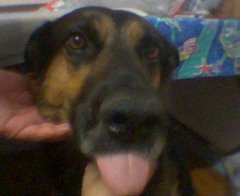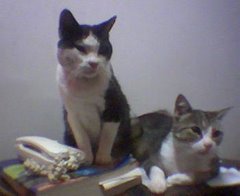Australian artist Jonathan Jones presents a segment of a Murray River Red Gum tree illuminated with electricity as part of the Parallel Collisions exhibition. The red gum tree lies flat on the floor and the electricity appears to give the lifeless tree a life force and a ghostly effect. Jones said the light “represents hope – the ability to illuminate being akin to the ability to elucidate the past.”
The tree is an interesting object to observe as it has many meanings attached to it religiously and spiritually. Trees also have a place in myths and legends as places or objects of worship, and particularly as a connection between humans and the heavens or with the Universe. In many ancient cultures, trees were considered as symbols of life, power, wisdom and fertility.
In biblical texts, there are two trees that come to mind – The Tree of Knowledge and The Tree Of Life; the former which bore the fruits that were forbidden to be eaten, and the latter represents immortality. In Buddhism, the Buddha was sitting under a Bodhi tree when he attained enlightenment.
My first thought was of the environment and the deforestation in developing countries, which clear forests to build homes for its growing population. Or in some cases, trees are chopped down for commercial purposes to make products for human consumption, leaving native animals without shelter or food. I think the light makes the fallen tree on the floor appear to be a spectre of a tree from the past, as if warning us to be more aware and considerate for the environment as there may be nothing left for future generations to enjoy or experience.






